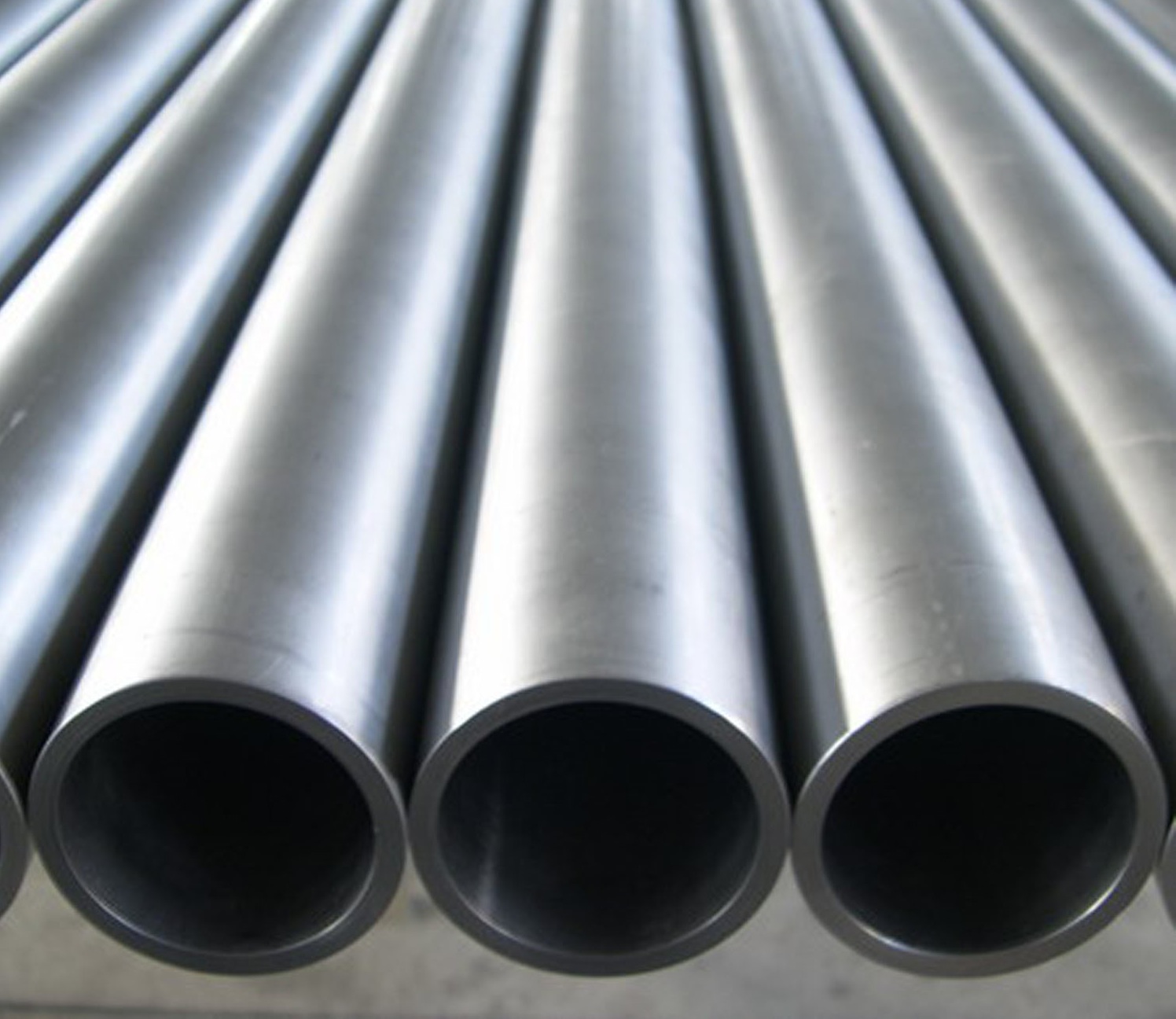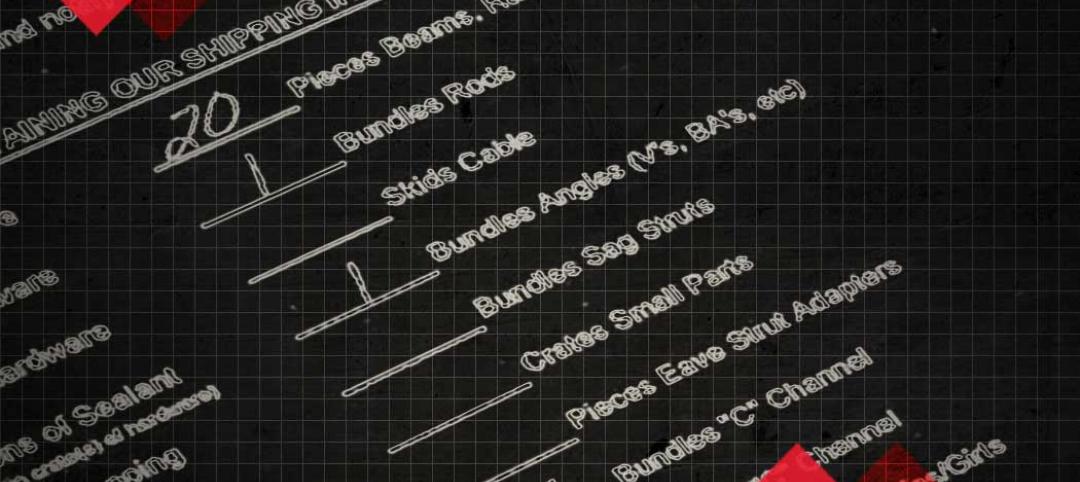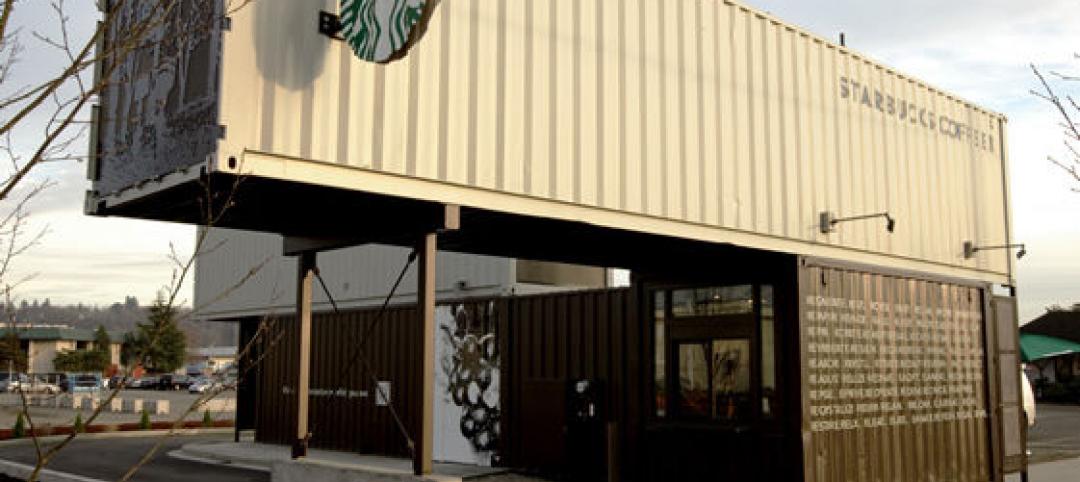Sometimes, the remarkable properties of metal can even baffle scientists.
When a group of MIT researchers recently discovered that stress can cause metal alloy to fuse rather than break apart, they assumed it must be a mistake.
Under certain conditions, the team found that exposing a cracked piece of metal to tension actually caused the crack to close and its edges to fuse together.
The surprising finding could lead to self-healing materials that repair early damage before it has a chance to spread.
A computer simulation of the molecular structure of a metal alloy shows a small crack that mends itself as the metal is placed under stress. This simulation was one of several the researchers used to uncover this new self-healing phenomenon. The results were published in the journal Physical Review Letters.
The reason for this phenomenon involves how grain boundaries interact with cracks in the crystalline microstructure of a metal.
Most metals are made of tiny crystalline grains whose sizes and orientations can affect strength and other characteristics. But under certain conditions, researchers Michael Demkowicz and Guoqiang Xu found that stress "causes the microstructure to change: It can make grain boundaries migrate. This grain boundary migration is the key to healing the crack," Demkowicz says.
Now that they have discovered this mechanism, the researchers plan to study how to design metal alloys so cracks would close and heal under loads typical of specific applications.
Read more from Science Daily.
More from Author
Joe Edge | Aug 25, 2014
An easy trick for minimizing construction delays
About one out of every three construction projects is behind schedule or over budget, according to the Construction Industry Institute's Assessment of Owner Project Management Practices and Performance survey. SPONSORED CONTENT
Joe Edge | Oct 7, 2013
Reimagining the metal shipping container
With origins tracing back to the mid-1950s, the modern metal shipping container continues to serve as a secure, practical vessel for transporting valuable materials. However, these reusable steel boxes have recently garnered considerable attention from architects and constructors as attractive building materials.








